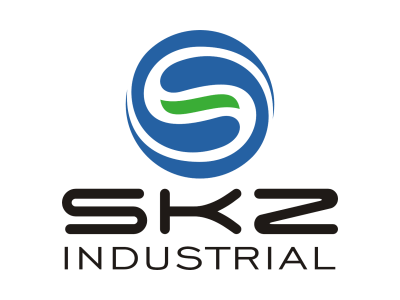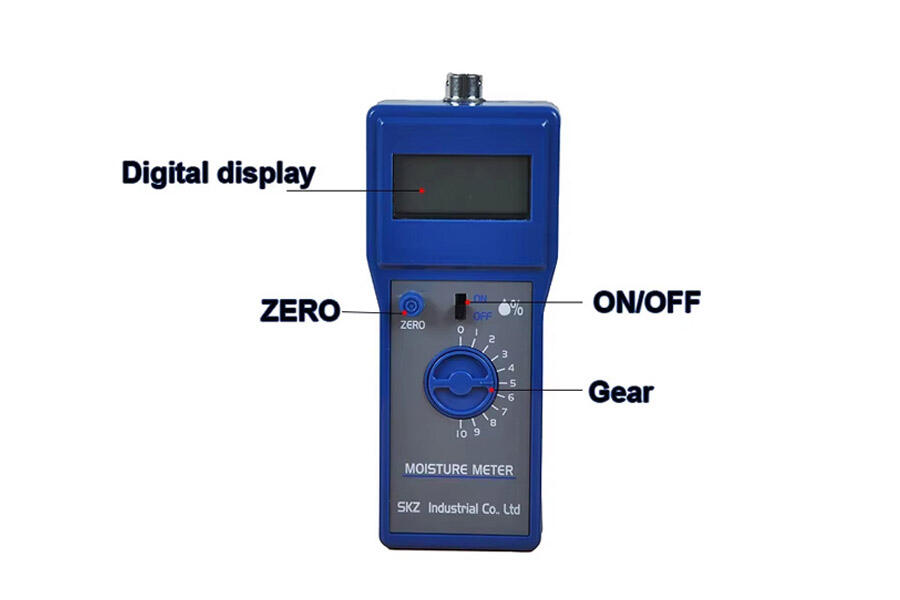Core Moisture Measurement Techniques Explained
Oven Drying Method: Process and Scientific Basis
The oven drying method is a traditional technique used for moisture measurement. This process involves heating the sample at a specific temperature until it reaches a constant weight. The scientific basis for this method lies in the principle that moisture loss can be quantified by comparing the weight of the sample before and after drying. This difference in weight is typically expressed as a percentage, providing a clear indication of moisture content. Studies conducted in agricultural labs have often published results showcasing the accuracy of this technique. For example, researchers might find that the moisture content of a grain sample decreases by a measurable percentage after undergoing oven drying. This method is highly regarded in materials analysis for its precision and reliability in quantifying moisture content.
Moisture Meters: Pin vs. Pinless Technology
Moisture meters are pivotal tools in measuring moisture content, with pin-type moisture meters featuring conductive probes to gauge moisture levels. These tools penetrate the material, making them suitable for dense materials like wood. In contrast, pinless moisture meters utilize electromagnetic signals to assess moisture content non-destructively. This technology offers ease of use and rapid results, making it advantageous for professionals needing quick assessments. Industry standards, such as ratings from construction and agriculture sectors, often highlight the accuracy and applications of both types. Pin-type meters are praised for deep penetration readings, while pinless meters are favored for quick surface analyses. Their growing use across various sectors underscores the demand for efficient and reliable moisture measurement tools.
Accuracy and Reliability Comparison
Laboratory Precision of Oven-Drying
Oven drying is widely regarded as a benchmark for moisture measurement due to its precise results in controlled environments. This method excels in repeatability and reproducibility, with laboratory studies frequently highlighting minimal variability in moisture percentage outcomes. For instance, organizations like ASTM provide standards for moisture analysis using oven drying, emphasizing its reliability. The method works by heating the sample at a defined temperature until it reaches a constant weight, enabling accurate moisture loss measurement as evidenced by consistent findings across various labs.
Real-Time Data from Moisture Meters
The use of moisture meters allows for real-time moisture readings, which can significantly impact decision-making in industries such as construction and agriculture. Their ability to provide immediate data is crucial during scenarios like harvest time or material inspections, where rapid moisture assessment is vital. Studies show that businesses have improved efficiency and reduced waste by adopting these moisture measurement tools, proving their effectiveness in providing actionable insights swiftly.
Impact of Environmental Variables
Environmental factors such as temperature, humidity, and sample heterogeneity can greatly influence the accuracy of moisture measurement, regardless of the method employed. Variability in moisture readings due to these conditions is well-documented in academic research, demonstrating the challenge of achieving consistent measurements. Implementing best practices, such as calibrating instruments or adjusting measurement protocols according to specific environments, is essential in mitigating these influences and ensuring precise moisture content readings across different settings.
Time and Resource Efficiency Analysis
Speed Differences: Hours vs. Seconds
The time difference between traditional oven drying and modern moisture meters is stark. Oven drying, a reliable method, often requires several hours to complete moisture measurements, significantly slowing down processes within time-sensitive industries. In contrast, moisture meters deliver near-instant results, optimizing workflow and enhancing productivity where time management is critical. For instance, sectors such as agriculture and construction have seen substantial improvements after transitioning from oven-drying methods to moisture meters. According to data from various industry studies, firms using moisture meters have reported saving several hours weekly, leading to more efficient operations and faster decision-making.
Cost Considerations: Equipment and Labor
When considering the costs associated with moisture measurement methods, it's important to account for equipment expenses, maintenance, and labor involved in sample preparation. Though moisture meters may initially incur a higher cost, they often result in long-term savings by reducing labor hours and improving efficiency. Companies that have switched to moisture meters have reported a favorable return on investment due to decreased labor costs and lower operational expenses. Furthermore, in comparison to ongoing costs tied to oven drying methods, the less frequent maintenance requirements of moisture meters further contribute to budget efficiencies.
Sample Preservation Requirements
One of the key aspects of moisture measurement is the preservation needs of samples, which can greatly differ between methods. Oven drying necessitates particular handling to prevent reabsorption of moisture during analysis, requiring specific storage and preparation procedures. In contrast, moisture meters measure samples in situ, obviating extensive sample preparation and storage concerns, thus making them more versatile in fluctuating environments. Insights from material scientists emphasize the best practices for sample preservation during oven drying, pointing to the additional steps required to maintain sample integrity and accurate data measurement during analysis.
Practical Applications and Method Selection
Ideal Uses for Oven-Drying in Lab Settings
Oven-drying continues to be a preferred method in laboratory settings for specific types of samples and industries, such as soil, wood, and food testing. This method is often considered the gold standard because it provides precise moisture content measurements, crucial for research and development. Many regulatory frameworks and standard practices mandate the use of oven drying in material analyses to ensure accuracy and compliance with industry standards. For instance, laboratories conducting soil analysis for agricultural purposes rely on oven-drying to achieve the exact moisture content necessary for soil health assessments. Success stories abound from laboratories implementing this method effectively, highlighting its reliability in providing consistent and error-free results.
Field Applications for Moisture Meters
In scenarios where quick and efficient moisture measurements are vital, moisture meters are indispensable. Their use is particularly prevalent in field applications such as agriculture, transportation, and real estate, where professionals conduct on-site assessments. The versatility and ease of use of moisture meters make them essential tools for these industries. For example, in agriculture, moisture meters help farmers determine soil moisture levels on the spot, which guides irrigation decisions and crop yield optimization. Similarly, in real estate, moisture meters are used to assess building dampness, ensuring safety and preserving property value. These real-world applications have shown significant economic and safety benefits, proving the practical worth of moisture meters in various fields.
Industry-Specific Recommendations
Different industries have varying needs when it comes to moisture measurement, and it's crucial to recommend appropriate methods based on material type and application. In construction, moisture meters are often favored due to their ability to provide instant readings that inform critical decisions in building material assessments. Conversely, the agriculture industry might sometimes prefer oven-drying for more detailed analyses in laboratory settings. Expert opinions from industry leaders suggest best practices for moisture measurement depend heavily on specific circumstances, such as the material in question and the context of the measurement. Safety regulations and standards also play a significant role in moisture measurement protocols, particularly in sensitive sectors where precise moisture content is critical for maintaining safety and efficacy.

